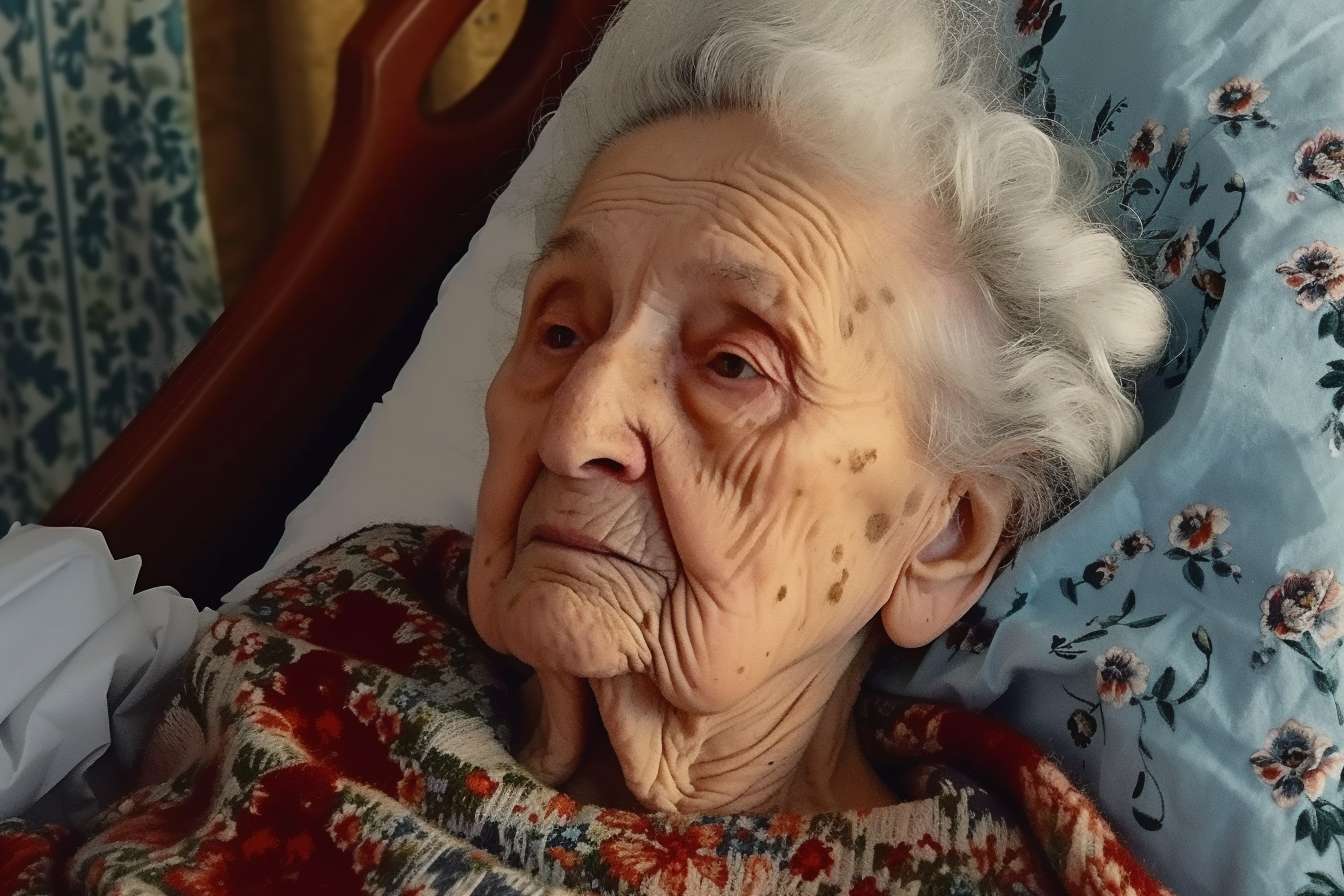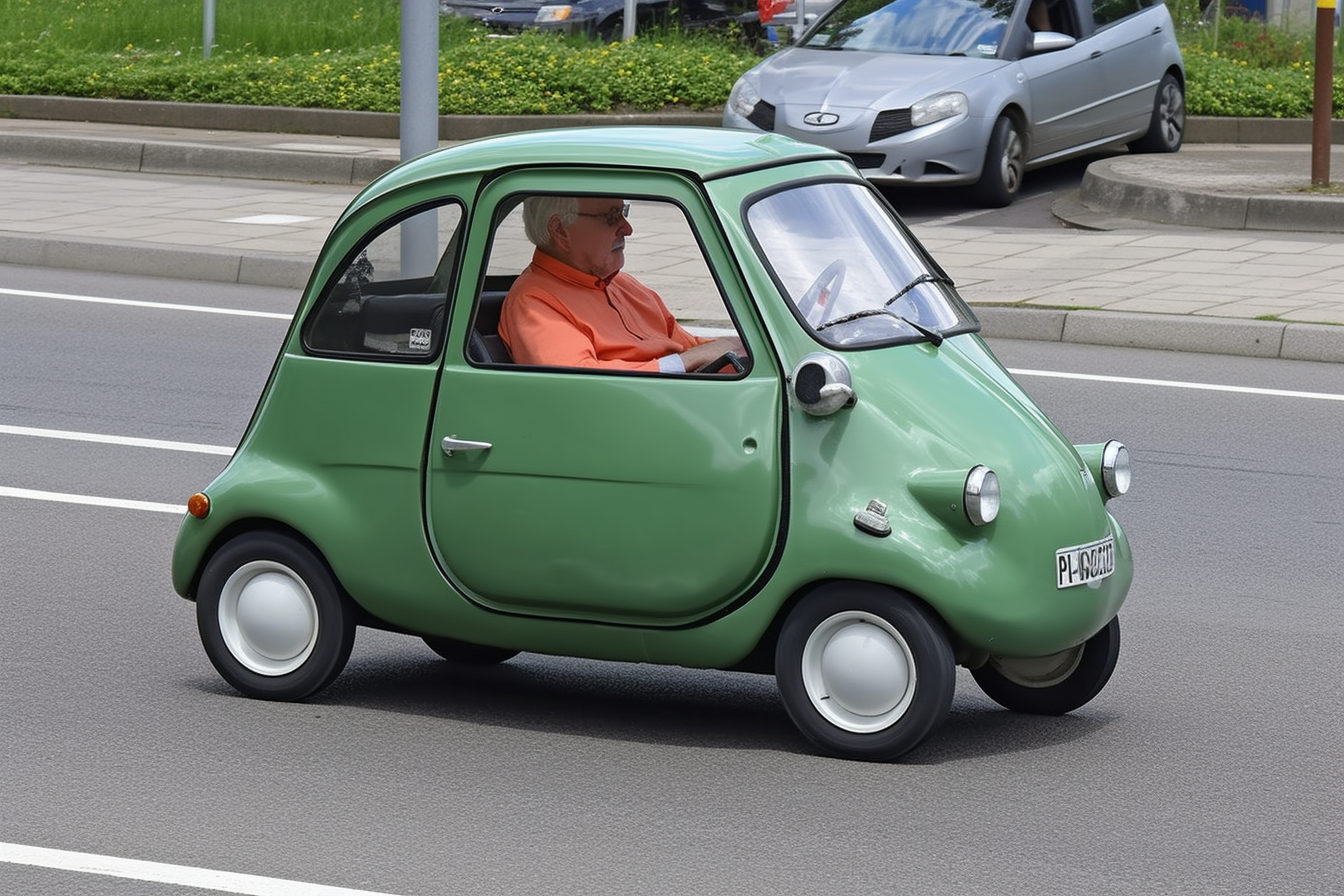Elder Cottage Housing Options for Seniors and Multi-Generational Living
Elder cottage housing represents a growing solution for families seeking to balance independence with proximity for aging relatives. These compact, self-contained living spaces offer seniors the dignity of their own home while keeping them close to family support systems. As housing costs continue to rise and the population ages, cottage-style living arrangements have become increasingly practical for multi-generational families across the United States.

What Makes Elder Cottages Different from Traditional Housing
Elder cottages for sale typically feature single-story designs with accessibility considerations built into their structure. These homes generally range from 300 to 800 square feet and include full kitchens, bathrooms, and living areas specifically designed for aging in place. Unlike standard housing, elder cottages often incorporate wider doorways, grab bars, low-threshold entries, and other universal design elements that support mobility as residents age.
Many elder cottages can be placed on the same property as a family member’s primary residence, subject to local zoning regulations. This arrangement allows for independence while maintaining close proximity for assistance when needed. Some models are designed as permanent installations, while others offer modular construction that can be relocated if circumstances change.
Tiny Homes Designed Specifically for Senior Living
Tiny homes for seniors differ significantly from the typical tiny house movement’s designs. While standard tiny homes often feature loft bedrooms accessed by ladders, senior-focused designs prioritize ground-level sleeping areas and bathroom access. These homes typically measure between 200 to 600 square feet and emphasize functionality over minimalist aesthetics.
Senior tiny homes often include features like emergency alert systems, non-slip flooring, lever-style door handles, and strategic lighting placement. Storage solutions are designed with accessibility in mind, keeping frequently used items within easy reach. Many models also incorporate outdoor living spaces like covered porches or patios, extending the usable area while providing connection to nature.
The construction of senior tiny homes typically uses materials and finishes that require minimal maintenance, reducing the physical and financial burden on residents. Energy-efficient systems help keep utility costs manageable on fixed incomes.
Granny Homes and Accessory Dwelling Unit Options
Granny homes for sale encompass a broader category that includes both manufactured and site-built options. These structures can range from small apartments above garages to standalone cottages in backyards. The key distinction lies in their purpose as secondary dwelling units designed to house family members while maintaining household independence.
Accessory dwelling units (ADUs) have gained legal recognition in many municipalities as communities seek to address housing shortages. These regulations often specify size limitations, parking requirements, and design standards that granny homes must meet. Some areas require that either the primary homeowner or ADU resident be related, while others allow rental arrangements.
Granny homes can be custom-built to match existing home architecture or purchased as prefabricated units. The choice often depends on local building codes, budget considerations, and timeline requirements. Site preparation, utility connections, and permit acquisition represent significant portions of the total project cost.
Financing and Cost Considerations for Elder Cottage Housing
The financial aspects of elder cottage housing vary significantly based on construction type, location, and features included. Understanding these costs helps families make informed decisions about this housing option.
| Housing Type | Provider Example | Size Range | Cost Estimation |
|---|---|---|---|
| Prefab Elder Cottage | Granny Pods/MEDCottage | 300-500 sq ft | $85,000-$150,000 |
| Custom Tiny Home | Tiny House Building Company | 200-600 sq ft | $60,000-$120,000 |
| Manufactured Granny Unit | Clayton Homes | 400-800 sq ft | $45,000-$95,000 |
| Site-Built ADU | Local Contractors | 500-1000 sq ft | $100,000-$200,000 |
Prices, rates, or cost estimates mentioned in this article are based on the latest available information but may change over time. Independent research is advised before making financial decisions.
Additional costs typically include site preparation, utility connections, permits, and ongoing maintenance. Financing options may include personal loans, home equity lines of credit, or specialized ADU financing programs offered by some lenders. Some families choose to purchase elder cottages through estate planning strategies that provide housing security while preserving family assets.
Legal and Zoning Considerations for Cottage Placement
Before purchasing an elder cottage, families must research local zoning laws and homeowners association regulations. Many residential areas have restrictions on secondary structures, minimum square footage requirements, or occupancy limitations that could affect cottage placement plans.
Some municipalities have streamlined permitting processes for ADUs, while others maintain complex approval procedures. Professional consultation with local planning departments early in the process can prevent costly mistakes and delays. Additionally, some areas require periodic inspections or have specific utility connection requirements that affect long-term costs.
Insurance considerations also play a role in planning, as some policies may need modification to cover additional structures or residents. Property tax implications vary by location and may increase based on the added value of cottage improvements.
Understanding cottage housing options requires careful consideration of individual needs, local regulations, and financial resources. These living arrangements can provide valuable solutions for families navigating the challenges of aging while maintaining independence and family connections. Proper planning and professional guidance help ensure that elder cottage investments meet both immediate and long-term housing goals.




